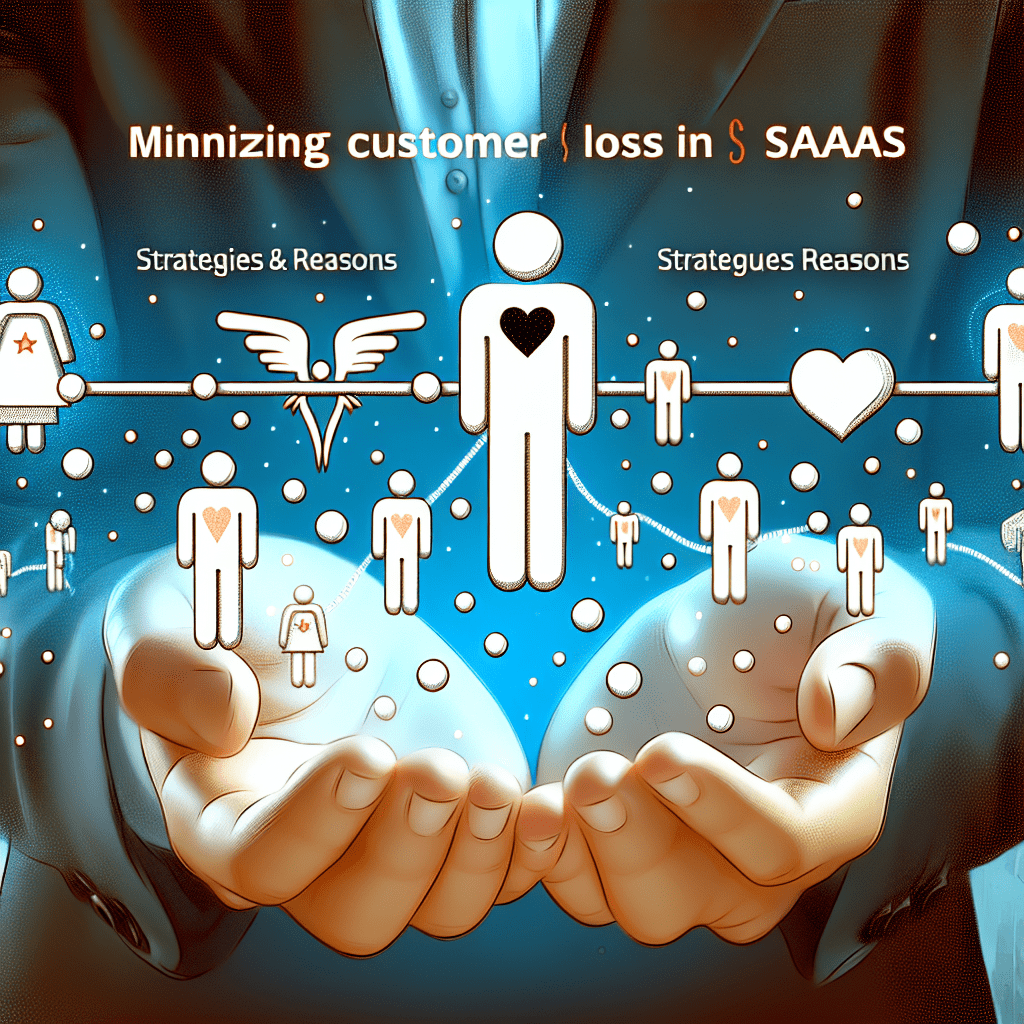Minimizing Customer Loss in SaaS: Strategies and Reasons
As a SaaS (Software as a Service) company, retaining customers is crucial to your success. However, customer loss or churn is an inevitable part of any business, including SaaS. It is defined as the percentage of customers who choose to cancel their subscription or not renew it after a certain period of time. This can have a significant impact on your revenue and growth, making it essential to understand and mitigate customer loss. In this article, we will discuss the reasons behind customer loss in SaaS and strategies to minimize it.
Reasons for Customer Loss in SaaS
There are various reasons why customers may choose to discontinue their subscription to your SaaS product. Understanding these reasons can help you identify potential areas for improvement and take necessary actions to retain customers. Here are some common reasons for customer loss in SaaS:
- Unfulfilled expectations: Customers may have certain expectations when they sign up for your SaaS product. If these expectations are not met, they are more likely to cancel their subscription.
- Lack of value: If customers do not see the value in your product or feel that it does not solve their problems, they are less likely to continue using it.
- Competitive offerings: With the rise of SaaS, there is a high chance that your customers are also using or considering other similar products. If they find a better alternative, they may switch to it.
- Price sensitivity: Customers may cancel their subscription if they feel that the price of your product is not justified by the value they are receiving.
- Poor user experience: A difficult or frustrating user experience can lead to customer dissatisfaction and ultimately, customer loss.
Strategies to Mitigate Customer Loss
Now that we have identified some common reasons for customer loss in SaaS, let’s discuss strategies to mitigate it.
1. Set realistic expectations
One of the best ways to prevent customer loss is to set realistic expectations from the beginning. Be transparent about what your product can and cannot do. This will help manage customer expectations and prevent disappointment in the future.
2. Deliver value
To retain customers, your product must provide value to them. Regularly evaluate your product and gather feedback from customers to identify areas for improvement. Focus on providing a seamless and valuable experience to your customers.
3. Offer competitive pricing
Pricing is a major factor in customer decision-making. Make sure that your product is priced competitively, taking into account the value it provides. You can also offer different pricing tiers to cater to different customer segments.
4. Focus on customer success
Customer success should be a top priority for any SaaS company. Invest in building a strong customer success team that can help customers get the most out of your product. This will not only improve customer satisfaction but also increase the chances of customer retention.
5. Improve user experience
A user-friendly and intuitive interface can greatly impact customer satisfaction. Continuously gather feedback and make necessary changes to improve the user experience of your product. This will not only help retain existing customers but also attract new ones.
6. Offer incentives
Incentives can be a great way to encourage customers to stay with your product. This could be in the form of discounts, extended free trials, or added features. However, make sure to carefully consider the impact of these incentives on your revenue.
7. Monitor and analyze churn data
Regularly monitor and analyze churn data to identify patterns and trends. This will help you proactively address issues and improve your product and customer experience.
Conclusion
Customer loss is a common challenge for SaaS companies, but it can be mitigated with a proactive approach. By understanding the reasons behind customer loss and implementing strategies to address them, you can improve customer retention and ultimately, the success of your SaaS business. Remember, happy customers are the key to a successful and sustainable SaaS business.


